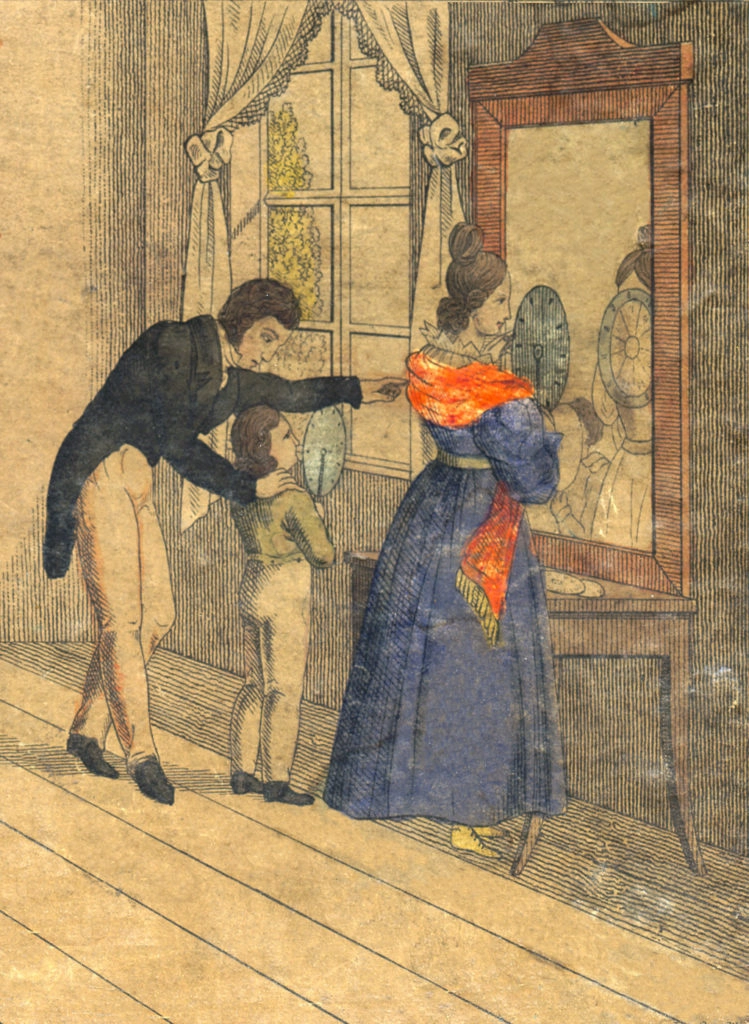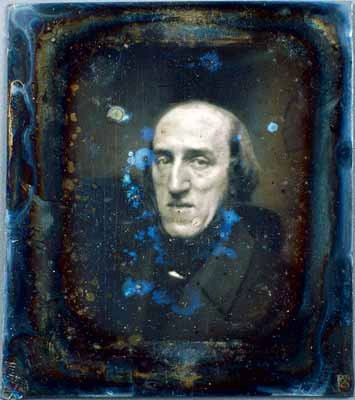
The phenakistiscope, the ancestor of cartoons


A drawing that comes to life, here is a great mystery. And yet, every day, you watch images that come to life, giving you the impression of continuous movement. These are cartoons. Thanks to the phenomenon called the retinal persistence, one image after another animates animals and characters on the screen. It was the Brussels native Joseph Plateau who discovered it and created the first phenakistiscope, the ancestor of the cartoon.

What is the retinal persistence ?
During his Ph.D., the Brussels native Joseph Plateau was very interested in the way light is imprinted on our retina. The images we observe are printed on an organ called the retina, located at the back of our eye. From the retina, information is transferred to the brain via the optic nerve. The brain processes information allowing us to recognize what we see.
But when this image reaches the retina, it remains there for a fraction of a second. A twelfth of a second to be precise. A very short period of time, but it implies that the brain can only process 24 images per second. To allow you to compare, the bee can process more than 200 images per second. This period of time during which the image remains on the retina is what we call retinal persistence.

Joseph Plateau wanted to demonstrate the principle of retinal persistence by creating a series of images that come to life. This is the phenakistiscope.
It is a cardboard disc pierced with slits between which are drawn the different stages of a movement. When we turn the wheel very quickly, our eye observes an image (a character or an animal) in continuous movement.
In the 19th century, this toy became very popular. Joseph, who is an excellent illustrator, made his own drawings. It must be said that his father was such a famous painter that everyone was tearing himself away to decorate their pretty bourgeois houses. He thus created dancers, draisine shooters, etc..
Joseph Plateau was primarily a researcher who worked on vision. However, this genius didn’t know that you couldn’t look directly at the sun without protection. In 1829, by staring at the Sun, he burned his retina and lost his sight completely in 1843, at the age of 42.
However, he continued his work as a physicist and was assisted during his lectures at the University of Ghent.
The Cinematek, formerly the Musée du Cinéma in Brussels, named one of its rooms “la salle Joseph Plateau” in honour of the physicist.
His statue is located in Brussels, in the Rue Joseph Plateau, not far from the Place Sainte Catherine.


Copyright © 2023 | CurioKids.net - All rights reserved